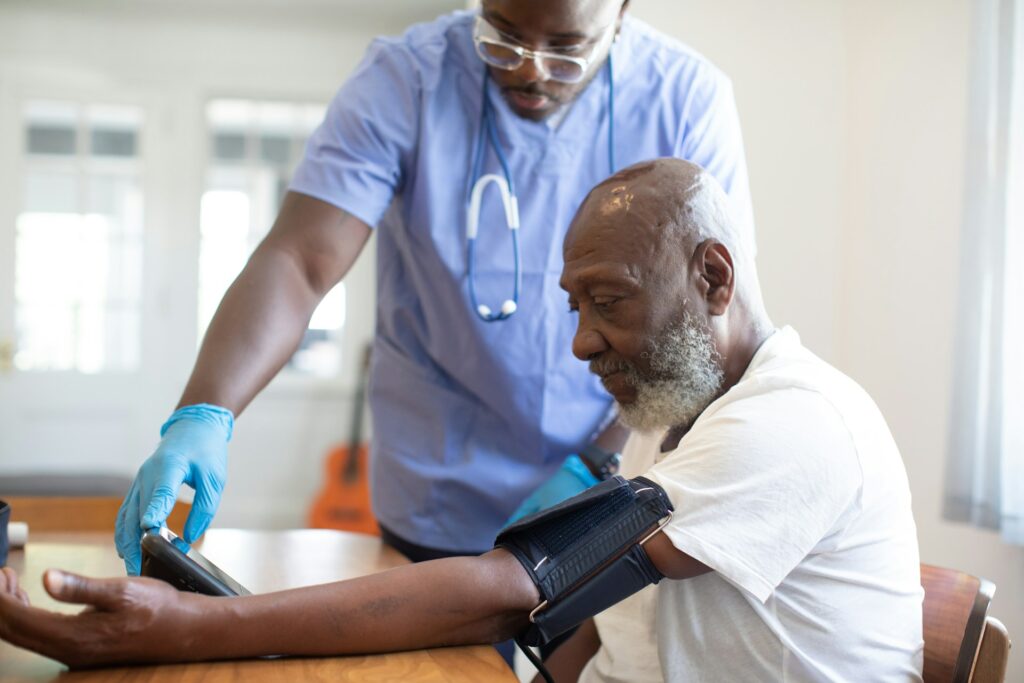Egypt Advances Healthcare Through Strategic Public-Private Partnerships
Egypt’s Minister of Health and Population, Khaled Abdel Ghaffar, has championed public-private partnerships (PPPs) as a cornerstone of the nation’s healthcare reforms. Addressing a seminar organized by the Egyptian Lebanese Businessmen Association (ELBA) titled “The Importance of Public-Private Partnership in Developing the Healthcare Sector,” the minister outlined transformative measures aimed at elevating healthcare standards for citizens. Furthermore, he highlighted the localization of pharmaceutical production, emphasizing its dual role as a critical healthcare strategy and an economic catalyst. Egypt’s pharmaceutical industry currently meets 90% of the country’s drug requirements. This, in turn, reinforces drug security and resilience against global health crises. Moreover, the healthcare sector’s ability to attract private investments is bolstered by government incentives and partnerships. These prioritize local manufacturing of biologics and other advanced treatments. Consequently, transitioning from dependency on imports, Egypt aims to position itself as a key player in African pharmaceutical markets.
Expanding the Comprehensive Health Insurance System
Central to Egypt’s healthcare reforms is the expansion of the Comprehensive Health Insurance System. This initiative, launched in phases, has already benefitted six million citizens across six governorates. Additionally, Abdel Ghaffar announced that the second phase is poised to extend coverage to 12 million more people in governorates including Damietta, Matrouh, Kafr El-Sheikh, North Sinai, and Minya. Moreover, the program’s design integrates public and private sector contributions to ensure accessibility and quality. Notable improvements include upgrading healthcare facilities, deploying state-of-the-art technologies, and enhancing workforce training. Furthermore, accredited facilities are being established even in regions not initially included. These efforts foster inclusivity and trust. They also align with Egypt’s Vision 2030 goals of universal healthcare, aiming to reduce out-of-pocket expenses for citizens while elevating care standards.
Localizing Pharmaceutical Production: A Strategic Priority
The localization of pharmaceutical production remains a focal point of Egypt’s healthcare strategy. By producing 90% of its pharmaceutical needs domestically, Egypt not only reduces dependency on imports but also ensures stability. Furthermore, the government’s efforts include incentivizing private investments in high-demand sectors such as biologics and vaccines. Additionally, the pharmaceutical sector contributes significantly to the national GDP, with annual revenues exceeding $6 billion. Plans to expand exports to Africa’s $45 billion pharmaceutical market underline Egypt’s ambitions. Abdel Ghaffar’s call for private sector involvement in research and development further underscores the potential of PPPs in advancing innovative treatments.
PPPs Driving Healthcare Infrastructure Development
Public-private partnerships are instrumental in developing Egypt’s healthcare infrastructure. Through collaboration with private entities, the Ministry of Health is addressing gaps in service delivery, particularly in rural and underserved areas. For example, projects include constructing new hospitals, modernizing medical equipment, and improving patient care standards. Moreover, private investments have introduced efficiency and innovation, fostering a competitive environment that benefits patients. According to a 2024 World Bank report, PPPs have facilitated over $1.5 billion in healthcare projects across Egypt. These include diagnostic centers, hospitals, and telemedicine initiatives. Furthermore, these partnerships bring financial resources and managerial expertise. As a result, they create sustainable models for long-term growth.
Regional Implications and Future Directions
Egypt’s healthcare reforms extend beyond its borders, positioning the nation as a regional leader in medical innovation and services. Additionally, the government’s focus on Africa’s healthcare markets highlights the dual benefits of economic diplomacy and regional integration. By leveraging its pharmaceutical capabilities, Egypt aims to bridge healthcare disparities in neighboring countries. Moreover, it also fosters economic ties. The roadmap includes collaborative ventures with international stakeholders and multilateral organizations. For instance, projects targeting digital health solutions, medical training programs, and affordable treatment options are gaining momentum. These reinforce Egypt’s role as a healthcare hub.
Conclusion
Egypt Public-Private Partnerships in Healthcare is transforming its complete landscape. It ensures improved access, innovation, and sustainability. Furthermore, by expanding the Comprehensive Health Insurance System, localizing pharmaceutical production, and fostering regional collaboration, the country is building a resilient and inclusive healthcare ecosystem. Additionally, the ongoing integration of private sector expertise and investments exemplifies the power of PPPs in achieving national and regional health objectives. Through these efforts, Egypt sets a benchmark for other nations aiming to reform their healthcare sectors sustainably.




